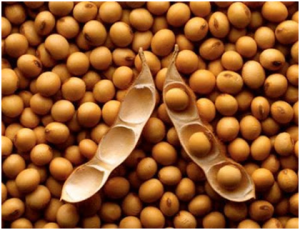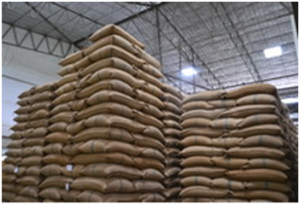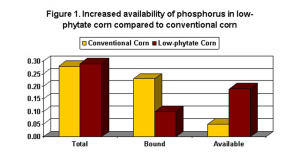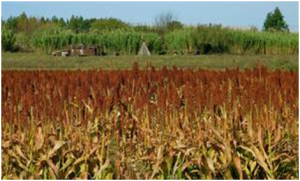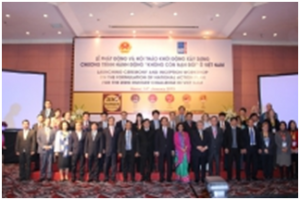|
New Device may Speed Up DNA Insertion into Bacteria
Saturday, 2016/02/27 | 05:02:52
|
|
Genetically engineering any organism requires first getting its cells to take in foreign DNA through electroporation, in which they expose cells to an electric field. If the field is just right, it will open up pores within the cell membrane, and the DNA can flow. However, it can take months or years to figure out these exact electric field conditions.
A new microfluidic device developed by Massachusetts Institute of Technology engineers may help scientists quickly home in on the electric field "sweet spot", the range of electric potentials that will harmlessly and temporarily open up membrane pores. In principle, the simple device could be used on any microorganism or cell, significantly speeding up the first step in genetic engineering.
The new microfluidic device may significantly shorten the time it takes to identify these ideal conditions. When an electric field is applied to the device, the channel's geometry causes the field to exhibit a range of electric potentials which could match with the right electric field to open up membrane pores.
Researchers also added a fluorescent marker that lights up in the presence of DNA. If cells were successfully permeated, they would let in the fluorescent marker, which would light up in response to the cell's own genetic material.
The researchers have already successfully permeated strains of E. coli and Mycobacterium smegmatis, a bacterium in the same family as the organism that causes tuberculosis.
Read more about the study in Nature.
Figure: (a) Two adjacent microphotographs showing the entire bilaterally converging channel (red-dashed outline) that amplifies the electric field to levels necessary to induce bacterial electroporation. (b) Schematic representation of the magnified constriction region illustrates the increase in green fluorescence due to SYTOX® dye uptake after electroporation with electric fields E ≥ Ecrit. (panel (b) not drawn to scale). |
|
|
|
[ Other News ]___________________________________________________
|


 Curently online :
Curently online :
 Total visitors :
Total visitors :
(27).png)





